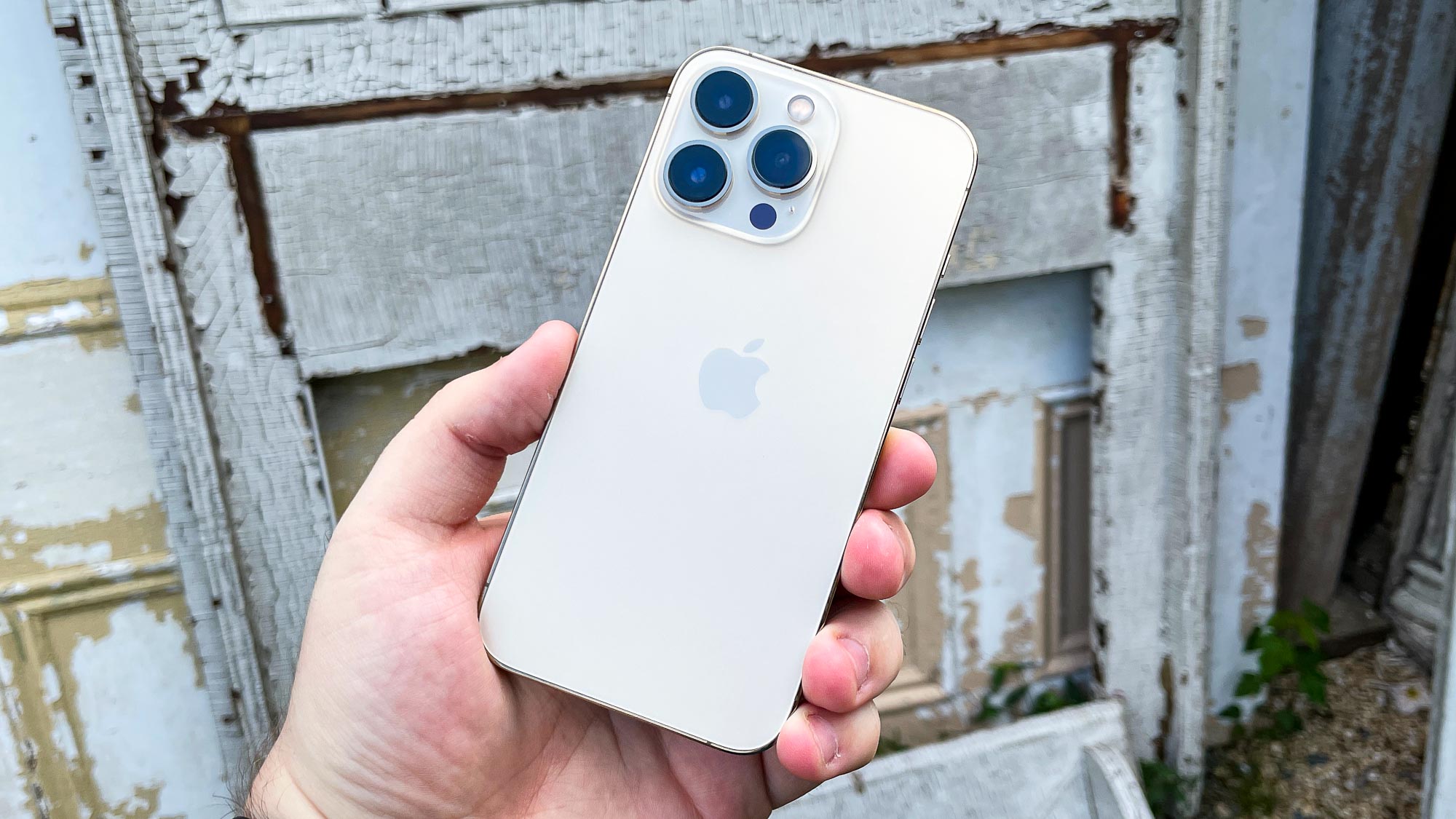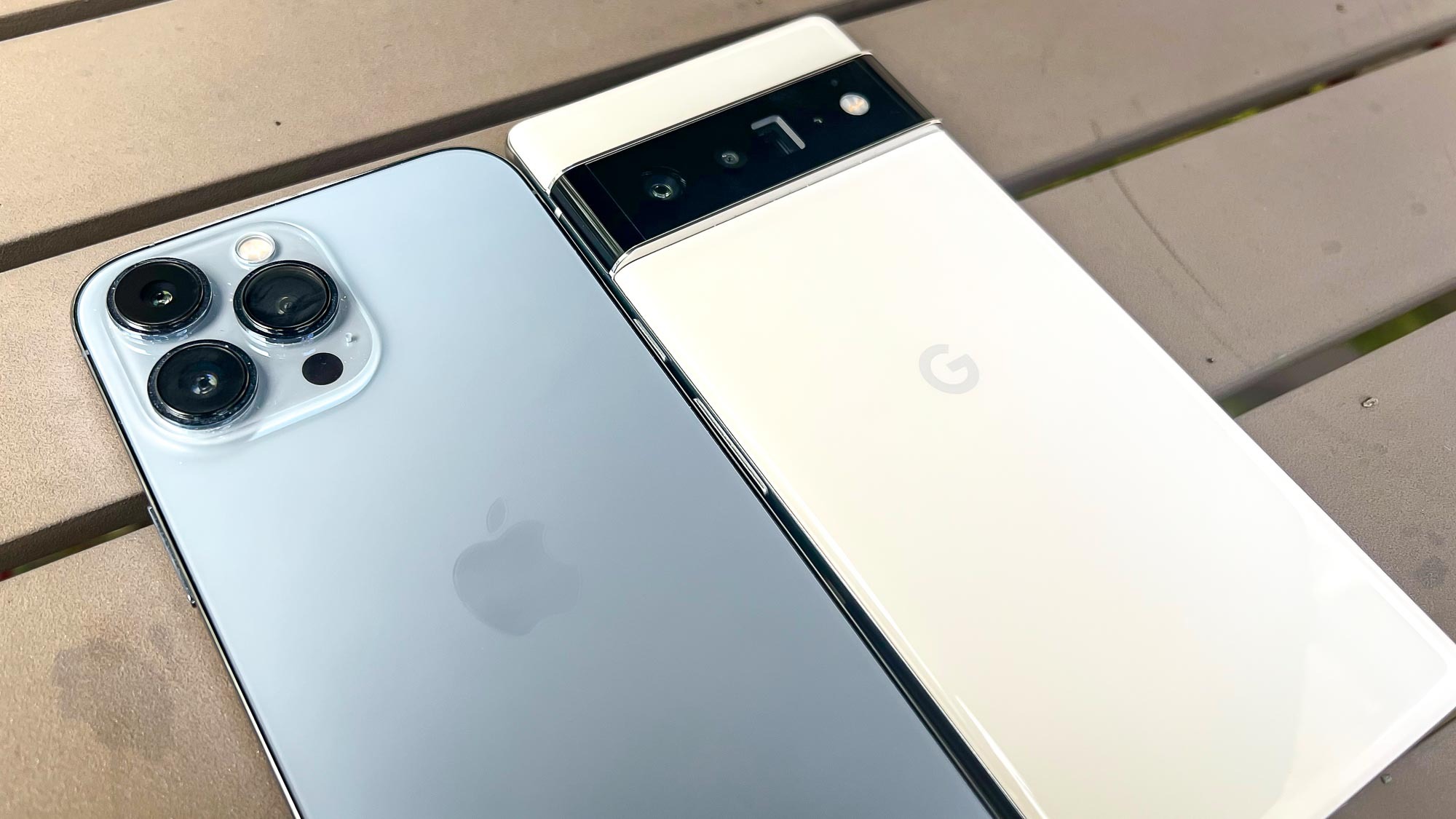How camera phones will change in 2022 — Galaxy S22, iPhone 14 and more
From zoom lens improvements to new effects, here's what we expect

2021 was a banner year for smartphone photography. From Apple and Google pushing the envelope to Samsung and OnePlus drastically improving their offerings, it was a great year for the best camera phones. But now that 2022 is here, what's next? Where do these phone makers go from here?
We've thought long on this question and we have a few ideas. Obviously, we won't know what the major names have in store until we get our hands on the new flagships, but we can make some guesses based on what we saw in 2021 and rumors surrounding the most anticipated phones, including the Galaxy S22 and iPhone 14.
Here are 5 things we expect to see in 2022's phone cameras.
Zoom lens improvements

In 2021, we saw several upgrades to zoom lenses. The Galaxy S21 Ultra, for example, continued Samsung's dominance in total zoom capabilities. Meanwhile, the iPhone 13 Pro received a bump to 3x (from 2x on the 12 Pro and 2.5x on the 12 Pro Max in 2020) and the Pixel 6 Pro saw a 4x folded optical lens.
Expect this trend of higher optical zooms this year. We think many phone makers will start to employ folded optics, meaning that you get a stronger zoom without the need for larger hardware (aka camera bump).
And we also think more phone makers will improve their digital zoom technologies, much like Google has with the Pixel's Super Res Zoom. This would allow for much cleaner zoomed-in images.
Macro photography with ultrawide lens

With the iPhone 13 Pro models, Apple introduced macro photography using the ultrawide lens. We've seen Android phone makers include dedicated macro lenses on mid-tier and budget phones to questionable success. But the iPhone has one of the first useful macro modes since it not only works really well, but uses the existing camera hardware.
Get instant access to breaking news, the hottest reviews, great deals and helpful tips.
As usual, expect Android phone makers to copy Apple here and start adding macro modes to the ultrawide lenses. This could be a really neat thing to happen, and the Galaxy S22 Ultra's main camera is tipped to offer a macro mode. We also fully anticipate high-end phones like the Pixel 7 to employ this feature. And if a device can use already-existing hardware, it might lower costs since the manufacturer wouldn't have to include a macro lens.
Real-time filters and effects

With the iPhone 13, Apple introduced Photographic Styles. These act like real-time filters, allowing you to see different color calibrations and such before taking the photo. It seems like a small feature, but it requires a lot of AI smarts to work.
With Google's second-generation Tensor chip and the newly-announced Snapdragon 8 Gen 1, Android phones might get something similar. Some phones in the past have employed something akin to Photographic Styles, but the filter is still applied in post-processing. Apple's method does so in real-time.
Of all phones in 2022, we'd guess that the Pixel 7 will come the closest to what Apple has done, but the significant image signal processing upgrades on the Snapdragon 8 Gen 1 could also come close.
Portrait video
Apple pushed ahead on portrait video, called Cinematic mode. This allows for dynamic adjustments to focus in a video frame. It's all done in real-time, which presents a huge challenge for many mobile chips. It's a cool option if you're into "artistic" videos. The only bummer is that it's limited to 1080p.
Qualcomm said that the new Snapdragon 8 Gen 1 will support portrait video (via a hardware bokeh engine) up to 4K, potentially giving phones using that chip a leg up over the iPhone 13. So we definitely think the Galaxy S22 Ultra and OnePlus 10 Pro will have portrait video. And who knows, Google might have figured out something similar with the new Tensor chip we'll see in the Pixel 7 Pro.
AI and machine learning enhancements

In 2021, Apple's A15 Bionic and Google's Tensor chips set the standard for what's possible with AI and machine learning when it comes to photography. Simply put, you'll find Google and Apple have the strongest offerings. It all comes down to software and the post-processing that the iPhone 13 and Pixel 6 do.
It's a given at this point that the iPhone 14 and Pixel 7 will be photography juggernauts, but what about other Android phones? Qualcomm is talking up the new AI/ML capabilities of the Snapdragon 8 Gen 1's image signal processor (ISP). Qualcomm's new chip handles all image-related AI/ML tasks on the ISP itself, not offloaded to other parts of the chip, which could drastically improve efficiency.
All of this to say, we think that 2022 will see a lot of powerful camera phones thanks to the upcoming A16 Bionic, second-generation Tensor, and Snapdragon 8 Gen 1. From Samsung to OnePlus, choosing the entries for the best camera phones list could become quite challenging this year.
2022 smartphone photography outlook

At first glance, you might think that smartphone photography has effectively peaked. In some cases, it has. The hardware gets iteratively better each year, but the true magic comes from software. That's how Google and Apple have kept their crowns for years on end.
2022 might see some features become more widespread, like Apple's macro ultrawide mode. Some things may feel marginally useful, like real-time photo effects and portrait video, but that's how many smartphone camera features work.
It's easy to feel bored with smartphone photography, but just keep in mind that all of the features we're accustomed to nowadays, even night mode, started somewhere. Remember that portrait mode for stills seemed like a gimmicky thing back in the day, and now look at how many people use it. It's completely possible that something like that could happen again.

Jordan is the Phones Editor for Tom's Guide, covering all things phone-related. He's written about phones for over six years and plans to continue for a long while to come. He loves nothing more than relaxing in his home with a book, game, or his latest personal writing project. Jordan likes finding new things to dive into, from books and games to new mechanical keyboard switches and fun keycap sets. Outside of work, you can find him poring over open-source software and his studies.
